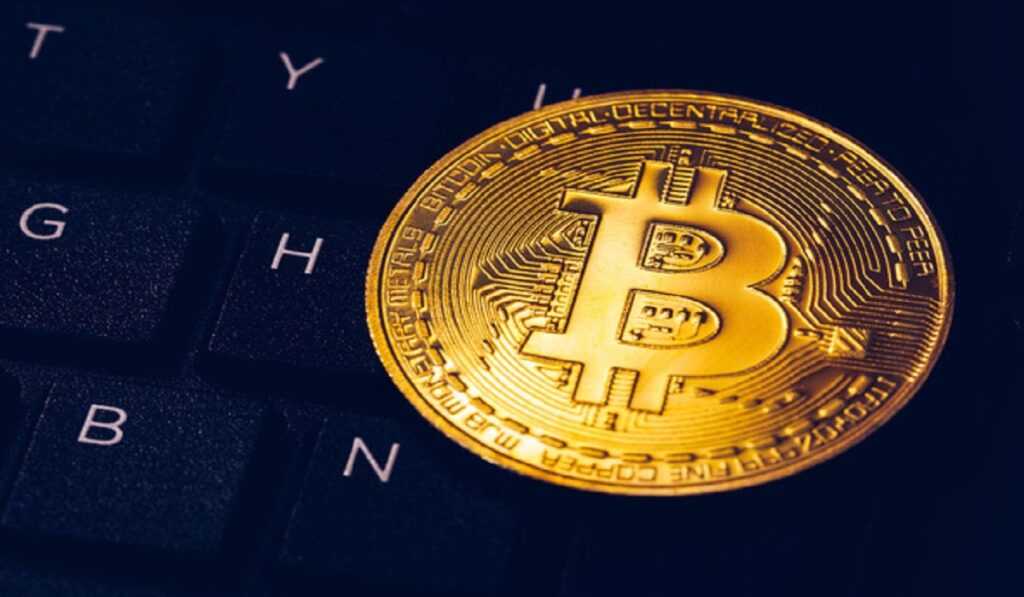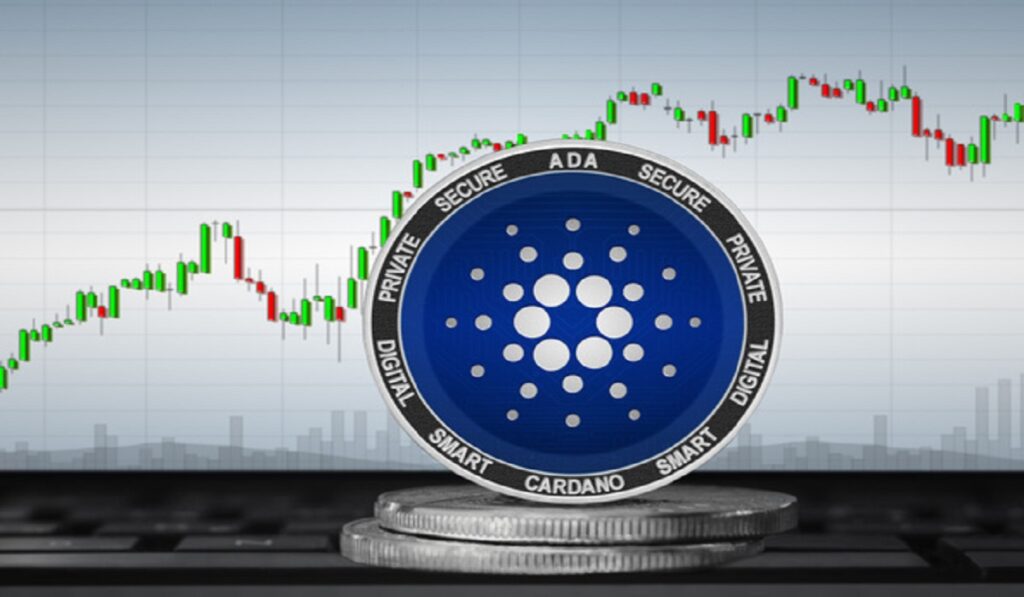Hedging against Inflation – Strategies and Insights for Financial Security

Over time, inflation, or the steady increase in prices of goods and services, can compromise your purchasing power and threaten financial health. Your investments and savings may suffer in value from inflation as prices escalate; learning effective hedging techniques is therefore vital to protecting wealth against its adverse impact; this article offers extensive details, practical insight, and technical details on how you can do just that.
Before embarking on any hedging efforts, it is crucial that one has an in-depth knowledge of inflation’s fundamentals. Factors which contribute to it include supply and demand dynamics as well as government policies or global economic conditions changes that alter price changes for goods and services resulting in decreased purchasing power; inflation increases price levels thus decreasing purchasing power; central banks strive to achieve economic stability by setting an inflation target rate to ensure economic growth remains uninterrupted.
Hedging Strategies (Hedging Your Portfolios)
Diversify Your Investment Portfolios: One key way to combat inflation is diversification. Spread out your portfolio investments among varying asset classes like stocks and bonds, real estate, commodities and alternative investments so as to reduce risks from any single class while taking advantage of each investment’s inflation-resistant properties.
Real Asset Investments: Gold, silver and real estate have historically proven their resilience against inflation by appreciating in value along with rising prices – thus acting as an inflation hedge. When selecting real asset investments it’s crucial that one carefully assesses their risks and returns before investing.
TIPS (Treasury Inflation Protected Securities) are government bonds designed to offer protection from inflation. Their principal value changes according to changes in the Consumer Price Index, so your investments remain on pace with inflation. TIPS also pay interest twice annually and generate extra income – providing another means by which to mitigate its effects. TIPS may help offset future inflationary effects.
Use Inflation-Linked Bonds. Inflation indexed bonds (ILB) provide investors a way to guard against inflation while safeguarding purchasing power by offering fixed principal and interest payments linked to inflation indices. Governments and corporations issue inflation indexed bonds which tie returns directly into an inflation index, giving you peace of mind as you invest.
Commodities, such as precious metals, energy resources and agricultural products (oil, gas etc), have traditionally been seen as an inflationary hedge. Their values typically increase with rising prices – making commodities an excellent store of value that you can invest directly into or use through futures contracts, exchange-traded funds (ETFs) and commodity-focused funds.
Maintain a Cash-Flow Strategy. Inflation will erode over time, so consider investing in assets with proven record of producing income such as stocks with dividends or rental properties which generate rental income or bonds offering attractive yields to generate regular cashflow and help protect purchasing power and avoid inflationary pressures.
Monitor and Rebalance Investments Periodically. Keeping tabs on your investments regularly will ensure they align with both your financial goals and inflation expectations, keeping up to date on market trends, economic indicators and changes to monetary policy is a good way to do this. Rebalancing portfolios periodically is also advised and asset allocation changes according to inflation conditions may need adjusting as needed.
An effective financial plan must include strategies for mitigating inflation. You can do this through diversification with investments such as commodities, real assets and inflation-protected bonds – this way your wealth remains safe while your finances stay sound! You should review and adjust your portfolio on an ongoing basis for optimal health.
These strategies may help your business mitigate inflation’s effects, but there may be certain risks and considerations involved with doing so. Therefore, before embarking on any hedge strategy it would be advisable to consult a financial adviser who can evaluate your individual circumstances and offer tailored recommendations tailored specifically towards you.
Be informed on global economic conditions, inflationary indicators and market trends – data such as Consumer Price Indexes and Producer Price Indices can offer insight into inflationary pressures; keeping an eye on this information could enable better decision-making processes.
As part of your overall financial plan, inflation should only ever represent one piece of your plan. In order to create a comprehensive wealth management strategy and achieve overall wealth preservation, it’s key that investment goals fit with risk tolerance, time horizon and investment time frame – this means including inflation hedging in your overall strategy is also beneficial.
Hedging against inflation can be an effective strategy to protect assets and preserve purchasing power, strengthening financial resilience in the face of inflationary pressures. You may diversify your portfolio with real assets; invest in inflation-protected investments; explore commodity investments; keep cash flows on schedule; establish cash flow plans or buy inflation-protected bonds as appropriate strategies based on risks/rewards considerations as well as professional advice in order to align these strategies with your personal financial goals and circumstances; monitor closely while making periodic adjustments – you could manage challenges caused by inflation by monitoring closely monitoring changes and making periodic adjustments yourself – in line with these steps taken measures taken against it!
What is Demand-Pull inflation?
Demand-pull inflation occurs in economies when aggregate demand outpaces supply of goods or services, leading to price increases caused by consumer, business, and government spending increases. Demand-pull inflation typically appears during times of high economic growth with low unemployment levels and strong consumer trust levels.

Here is an outline of key drivers of demand-pull inflation:
Spending by consumers: Consumers tend to increase spending when their disposable income has increased, leading businesses to raise prices to meet this surge in demand and meet it head on. This demand also prompts an upsurge in inflation as businesses raise costs accordingly in response to this upsurge in spending by consumers.
Business Investments. Businesses who anticipate future demand and experience favorable economic conditions often make investments in technology, capital goods and expansion that result in higher production costs resulting in higher prices for finished goods or services produced and offered to consumers.
Government Spending: When used strategically, government expenditures like infrastructure projects, social welfare initiatives and defense expenditures can boost overall demand in an economy, leading to increases in employment, income and consumer buying power. Injection of funds may stimulate employment creation as well as increase consumer purchasing power.
Wage Increases: With higher consumer demand comes increased competition for workers, leading to upward pressure on wages. Wages increase production costs that businesses may pass along to consumers through higher prices.
Supply Constraints – When goods and services cannot meet consumer demand, scarcity may arise, leading to price inflation. Supply constraints could stem from factors like limited production capacity or raw material shortage.
Money Factors: Monetary policies with expansive tendencies such as lower interest rates and an expansion in money supply may energize borrowing and expenditure, leading to increases in demand as well as inflationary pressures.
Inflation driven by consumer spending can have both positive and negative ramifications on an economy’s development, signalling optimism among its citizens; on the flipside, unchecked inflation can result in reduced purchasing power and savings accounts as well as imbalanced economies.
Central banks can implement contractionary monetary policy measures to combat demand-pull inflation by raising interest rates or decreasing money supply – this will decrease spending while controlling inflationary pressures and helping manage spending patterns. Meanwhile, fiscal policies like increased taxes or decreased government spending may help stabilize prices while managing demand more effectively.
Demand-pull inflation must be understood by policymakers, business owners and individual consumers in order to effectively navigate its effects and ensure a stable economy. Tracking economic indicators closely while monitoring customer behavior analysis and making informed decisions are keys for successfully handling demand-pull inflation and maintaining economic balance.
What is Cost-Push inflation?
Cost-push inflation occurs when production inputs, like raw materials, labor or energy costs increase due to supply-side forces such as increased labor requirements or energy prices, leading to higher finished good and service prices for consumers and businesses alike. Supply side factors drive production costs up, forcing businesses to increase prices in order to protect profits margins; consequently resulting in cost-push inflation having major ramifications across consumers, businesses and the wider economy. Its effect can have devastating repercussions for all involved – consumers, businesses as well as consumers being negatively impacted alike by such inflationary forces as it causes.
Cost-push inflation results from multiple forces and mechanisms.
Increased Wages: Businesses may increase prices when labor costs go up due to factors like increased wages or greater competition in the labor market, including minimum wage laws or labor union negotiations that impact wage pressures.
Price Changes in Raw Materials: Variations in raw material prices such as metals, agricultural commodities or oil can have an immediate and direct effect on production costs. An increase in crude oil costs means transport expenses will also rise substantially – this has an immediate and far reaching effect across supply chains, increasing costs across all stages of operation and negatively influencing their bottom lines.
Energy prices continue to escalate, impacting industries that use a lot of electricity like manufacturing and transportation in particular. Businesses may pass higher energy costs onto consumers through higher fuel or electricity expenses resulting in cost-push inflation.
Taxes and Regulations – Alterations to tax policies or regulatory requirements can have a dramatic effect on production costs, leading to price hikes from elements like an increase in costs due to things such as taxes for businesses or stricter environmental regulation requirements.
Supply Shocks – Unpredictable events may disrupt the supply chains for crucial inputs, leading to price shocks that increase production costs significantly. Natural disasters, geopolitical tensions or trade disruptions could all play a part in creating supply shocks resulting in cost push inflation.
Exchange Rates: When currency depreciation occurs, import prices increase since more currency must be spent to purchase what was once acquired with less currency. Depreciation can lead to increased production costs which in turn translate into higher import and domestic production prices as a whole.
Cost-push inflation has serious repercussions for consumers and businesses. Businesses may see their profit margins decrease or investments reduce in response to higher production costs; even worse, their employees could find themselves forced into layoffs as prices escalate further and reduce purchasing power for all goods and services they need to purchase.
Policymakers can implement various measures to mitigate the adverse impacts caused by cost-push inflation. Some such strategies include using monetary policy (tightening money supply or raising interest rates), as well as fiscal policies (tax reduction or subsidies) to alleviate burden on consumers and businesses alike.
Cost-push inflation refers to rising production costs caused by factors like higher wages, raw material costs or energy prices – something consumers, businesses and policymakers all must understand for effective planning strategies and making sound decisions.
What are the characteristics of built-in inflation?
Embedded inflation (also referred to as wage-price spiral) refers to an inflation cycle characterized by price and wage rises that reinforce one another, leading to wage demands keeping pace with increasing prices, leading businesses to raise prices to cover increased labor costs resulting in continued upward pressure on wages and prices.
Here’s how the process of built-in inflation usually unfolds:
Initial Price Increase. An inflationary cycle typically begins with an initial price rise. This could be the result of several factors including higher production costs, greater demand or external shocks; cost push or other inflationary forces might even play a part.
Wage Demands: In response to higher prices, consumers often demand greater wages in order to remain purchasing powerful. Workers and labor unions negotiate wage increases in order to offset inflation’s effects on real incomes – these demands typically arise out of an expectation that prices are set to go up further.
Wage-Price Spiral: Businesses often pass along increased labor costs to consumers through higher prices for goods and services, decreasing consumers’ purchasing power while creating even higher wage demands – thus perpetuating an endless spiral where wages increase simultaneously with prices, leading to further wage gains for both sides of this equation. This cycle keeps going until both forces reinforce each other further into further rises for wages and prices – creating yet more wage and price demands simultaneously.
Expectations in Inflationary Process: Expectations are an integral component of inflationary processes, influencing worker and business behaviors if they anticipate that prices will continue rising; businesses raise prices to maintain profit margins while workers continue demanding higher wages even as inflationary pressures decline – creating an incessant cycle of inflationary pressures and expectations that fuels further inflationary pressures.
At times it can be challenging to break out of inflation’s cycle; here are a few factors which might contribute to its mitigation.
Monetary Policy: Central banks utilize various monetary tools in their arsenal in order to effectively address inflationary expectations. By tightening policies such as increasing interest rates, they may help control demand while anchoring inflationary expectations and moderation expectations.
Supply-Side Policy: Tackle supply constraints and excessive production costs to curb inflationary pressures over time. Policies which promote competition, invest in productivity-enhancing technologies and address structural rigidities within labor markets all work towards decreasing inflationary pressures over time.
Confidence Management and Expectations: Central banks and policymakers play a vital role in setting expectations, from providing communication on goals for their monetary policies such as inflation targets to commitments towards price stabilization to anchor expectations to reduce wage-price spiraling relationships.
Under extreme conditions, governments may implement wage-price controls to directly curb wage and price inflation. Such controls typically remain temporary; they may cause unwanted side effects like reduced incentives to boost productivity or distorting resource allocation decisions.
Note that inflationary trends can be affected by many different economic and monetary forces and expectations, so understanding and managing expectations as well as adopting appropriate fiscal and monetary policies are vital in breaking this cycle and maintaining price stability






